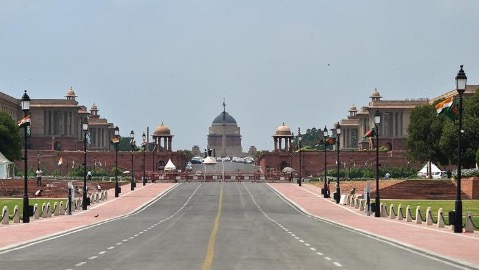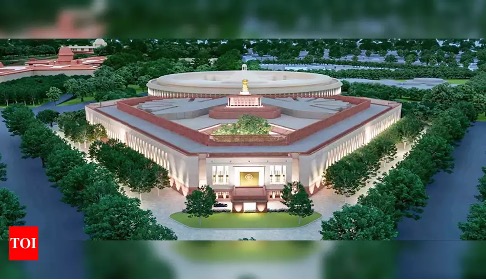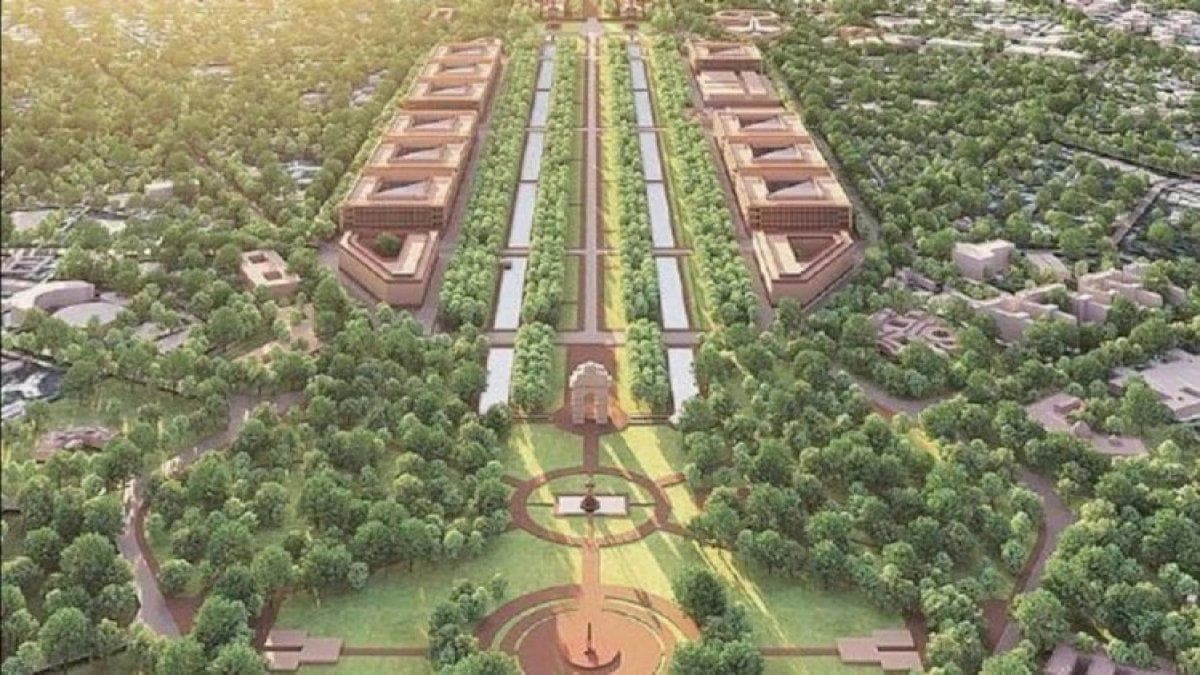Delhi’s architectural scene will undergo an ambitious alteration as a result of India’s Central Vista redevelopment project. The project’s goal is to renovate New Delhi’s core business district, which is home to significant government structures and landmarks such as the Parliament House, Rashtrapati Bhavan (Presidential Residence), and India Gate.
The Central Vista rehabilitation project was put up with the aim of offering India’s government institutions a more effective and practical environment. It entails the creation of a new Parliament House, new government ministry offices and renovations to existing buildings. Likewise, the project calls for the creation of public areas, landscaping improvements, and upgraded pedestrian and transportation infrastructure.
The building of a new Parliament House is among the project’s most important components. The new structure will have more seating to suit the increasing number of lawmakers and feature cutting-edge amenities and technology. The current Parliament House, a historic building from the British colonial era, will be maintained and put to new use.
Edwin Lutyens and Herbert Baker, architects, initially created the Central Vista after the British Raj’s capital was transferred from Calcutta to Delhi. It took six years to create just the Parliament Building. 2019 saw the start of the Central Vista Redevelopment Project. As part of the project, the North and South Blocks will be transformed into public museums, a group of new secretariat buildings will be built to house all ministries, and the Vice President and the Prime Minister’s offices and residences will be moved close to the North and South
Blocks, and the 3 km (1.9 mi) Rajpath between Rashtrapati Bhavan and India Gate will be renovated. India plans to increase the size of its Parliament in 2026, thus a new structure with more seats will be constructed next to the current one. The project is scheduled to be finished in 2026. Due to ongoing land-use litigation and other concerns, the intended PMO was not included in this plan.

Modernization, effective administration, and enhanced infrastructure are the driving forces behind the Central Vista redevelopment project in Delhi. It strives to create energetic public places while addressing the problems caused by outmoded infrastructure, limited space, and cultural preservation. Striking a balance between the needs of progress and the preservation of Delhi’s historical and cultural legacy is crucial as the project moves forward.
The project’s estimated cost of 20,000 crores (about $2.8 billion) has drawn criticism for its impact on the ecology and cultural heritage. They contend that spending in sectors like healthcare, education, and infrastructure development would be more beneficial than spending money on renovation.
The Central Vista reconstruction project’s proposed schedule and work breakdown shows a methodical and calculated approach to changing Delhi’s architectural landscape. The initiative aspires to accomplish its goals while guaranteeing transparency and accountability by following a staged approach and placing a strong emphasis on collaboration, preservation, and public engagement.
To ensure a successful and inclusive reconstruction of the Central Vista region, it is crucial to monitor the project’s schedule and division of labour as it develops and adjusts as necessary. In order to attract a variety of design viewpoints and promote international collaboration, the Central Vista reconstruction project held an international design competition.
To produce a forward-thinking and significant design for Central Vista, it combined the knowledge of local Indians with the experience of architects from around the world. The winning design exemplifies the importance of the competition in creating a contemporary and energetic administrative hub for Delhi by integrating utility, sustainability, historic preservation, and public spaces.

It has not been without controversy and protest that Delhi’s Central Vista redevelopment project, which aims to change the city’s architectural landscape, has been implemented. This article explores the numerous objections put up by detractors, underlining the issues that have surrounded the project and the criticism it has encountered.
It has not been without controversy and protest that Delhi’s Central Vista redevelopment project, which aims to change the city’s architectural landscape, has been implemented. This article explores the numerous objections put up by detractors, underlining the issues that have surrounded the project and the criticism it has encountered.
A substantial economic impact and advantages could result from the Central Vista redevelopment project. One of the project’s main benefits is the creation of jobs, which will also help the construction industry flourish, as well as ancillary industries, tourism, infrastructure, and long-term economic stability.
Careful planning and monitoring are required as the reconstruction moves forward to guarantee the efficient realisation of these economic benefits while balancing the project’s social and environmental aspects. It acknowledges the value of integrating natural spaces into the city and ensuring public access.
The project improves the quality of life for residents by fostering pedestrian-friendly surroundings, opening public areas, and using sustainable and accessible design. The addition of green spaces improves the environment as well as offering cultural and recreational opportunities. As a result, the Central Vista redevelopment project helps to build a thriving, diverse, and environmentally responsible metropolis for both the present and the future.

Conclusion
Delhi’s architectural landscape will change, as a result of the Central Vista redevelopment project. The project has economic effects and benefits even if it has encountered controversy and criticism.
It is anticipated to increase employment possibilities, the construction industry’s growth, and support industries. While the project has the potential to increase connections and enhance infrastructure, it also has the ability to draw tourists and create money. The proposal also places a focus on establishing public access points and green spaces.
The project’s primary components include expanding public areas, improving recreational possibilities, and fostering pedestrian-friendly settings. The addition of green areas benefits the environment as well as the welfare of the inhabitants.
In order to create a lively and inclusive urban environment, the Central Vista redevelopment project seeks to strike a balance between economic development and public access, sustainability, and cultural preservation.
Written by Sneha Jain
Edited by Kushi Mayur




